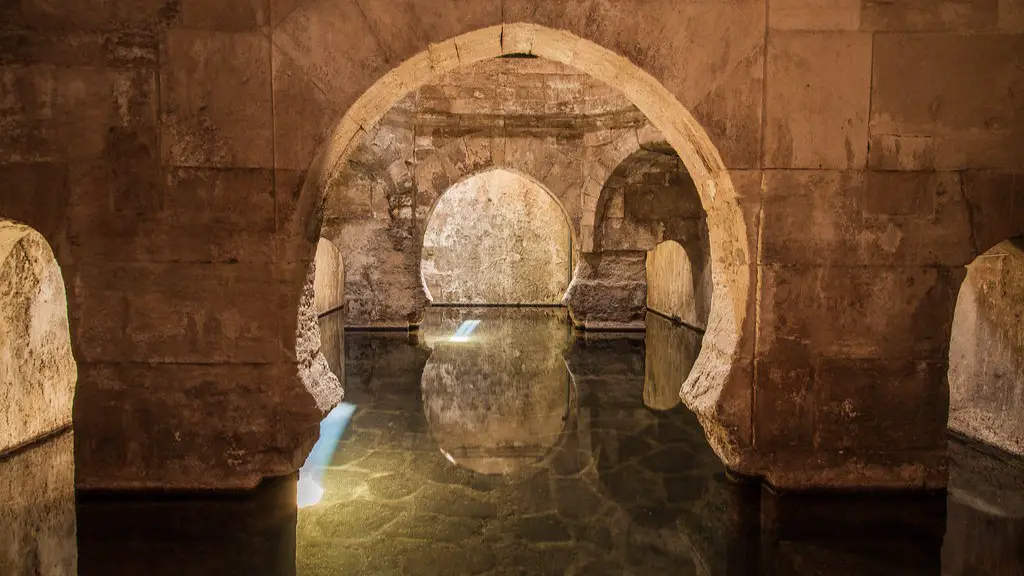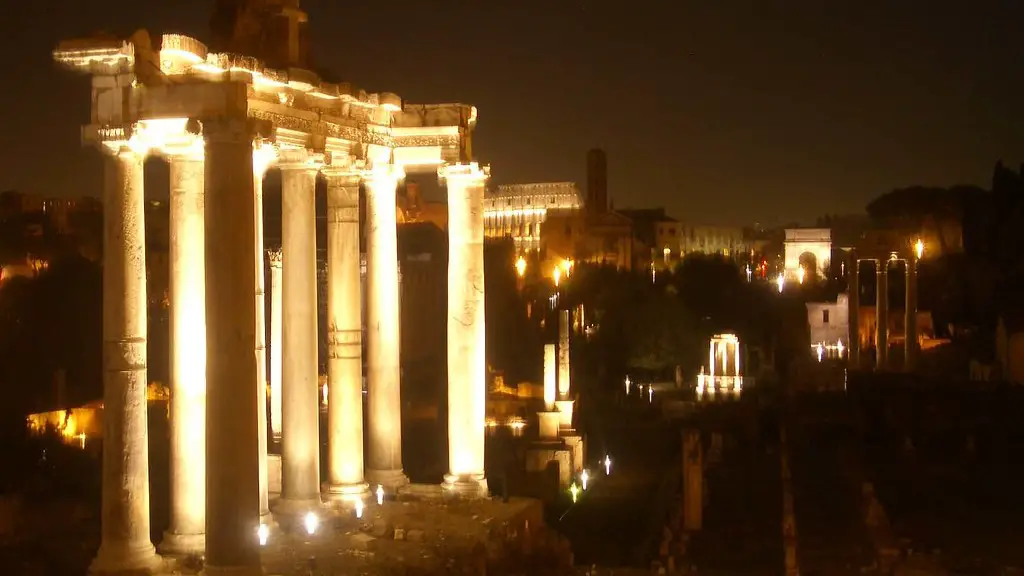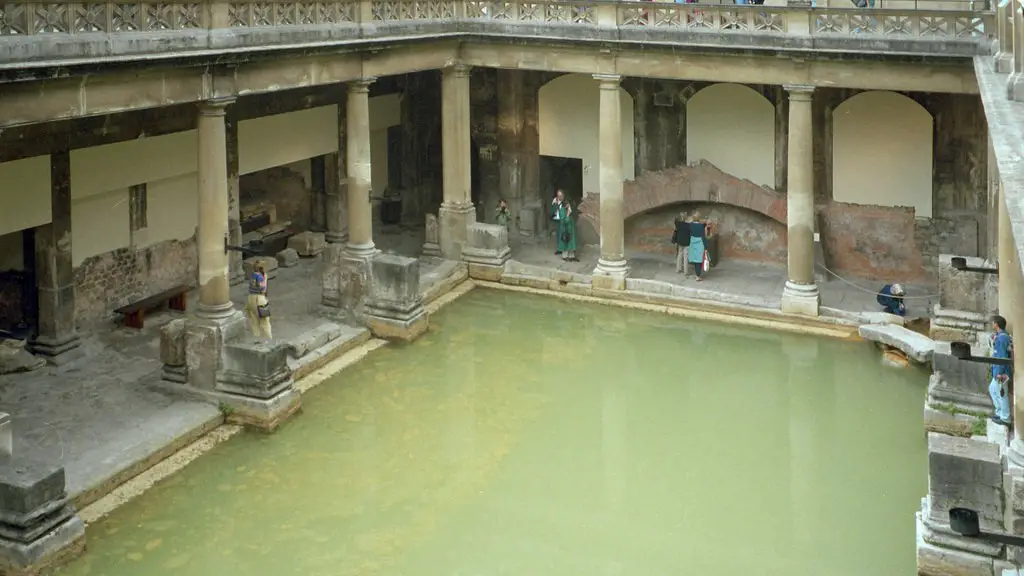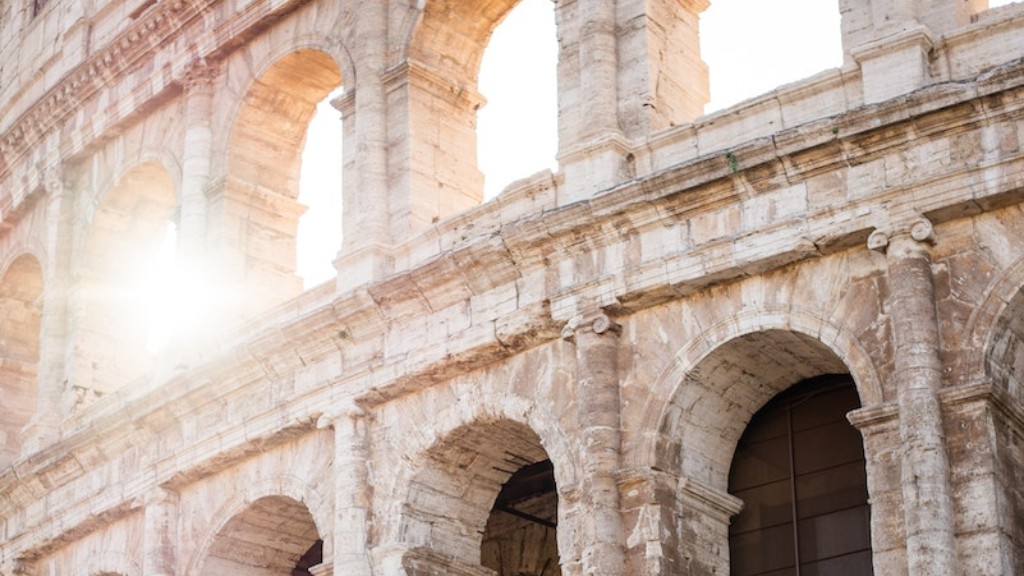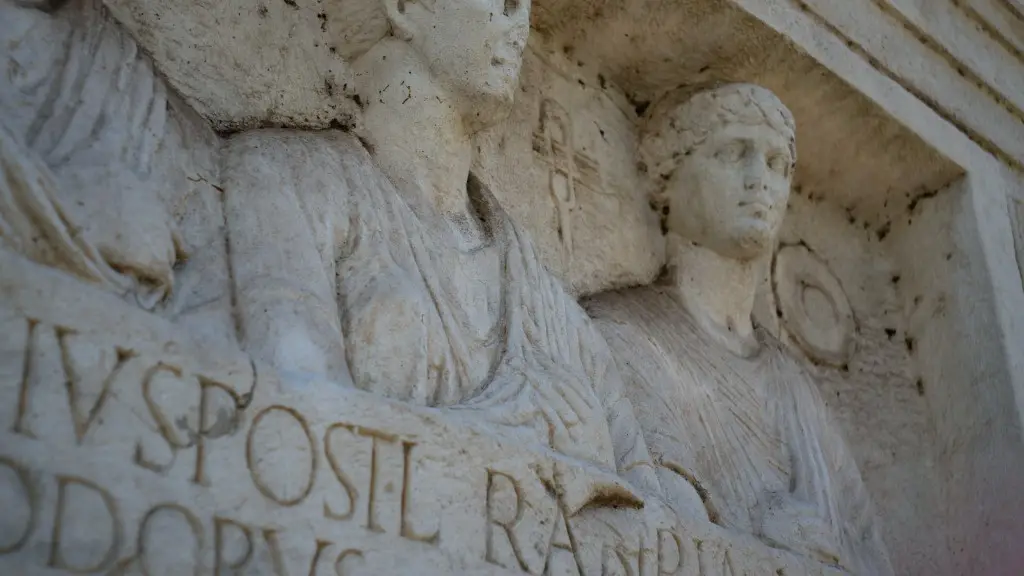Ancient Roman medicine has a deep and fascinating history, with roots stretching back centuries before the Christian era. It has been noted by scholars that the practice of medicine was one of the most advanced in the ancient world, with medical theories and treatments that were far more advanced than other civilizations of the day. In this article, we will explore the origins of ancient Roman medicine and the development of its theories and practices, as well as its lasting legacy.
The earliest evidence of organized medical care in Ancient Rome dates back to the fourth century BCE, when Roman law gave citizens the right to seek medical treatment for injury or illness. Before this time, healing had been mostly handled by individual healers, often mixed in with religious ceremonies.
Ancient Roman medicine was heavily influenced by the Greek theories of medicine. Much of the medical terminology and anatomical knowledge used by the Romans was derived from the work of Greek physicians such as Hippocrates and Galen. Roman physicians also applied scientific theories to their practice, using evidence-based reasoning to treat illness.
The Romans built upon the Greek system of medicine, creating a comprehensive system of public health, including public hospitals and medical facilities, complete with specialized staff. Roman doctors were the first to use clinical observation to interpret symptoms and recommend treatments. They also pioneered the use of medical instruments, such as forceps and scalpels.
Roman doctors were also some of the first to recognize the importance of hygiene in preventing disease. Roman soldiers, for example, were required to bathe daily. It was believed that cleanliness could prevent infectious illnesses like dysentery and cholera. It is thought that Ancient Rome was the first to develop a sophisticated system of public water supply and sanitation, which was complemented by a network of aqueducts.
The Romans also studied the physiology of the human body and developed a deeper understanding of the causes and treatments for diseases, as well as the effects of certain drugs and remedies. Roman doctors used their knowledge to create effective treatments for conditions such as intestinal parasites, leprosy, and even cancer.
The legacy of Ancient Rome’s medicine is still with us today. Its theories have been passed down through the centuries, from the ancient Greeks to the Romans and from the Romans to the present day. Many of the ideas developed by the Romans are still in use today, from the cleanliness and hygiene practices employed in hospitals to the use of medical instruments.
Influence on modern medicine
Modern medicine owes a great debt to Ancient Rome, which laid the foundation for many of the treatments and advancements that are used today. The Romans developed groundbreaking techniques and processes that are still used in hospitals and laboratories today, such as clinical observation, diagnosis, and the use of medicines and surgical instruments. Even the concept of medical specialization, which was pioneered in Rome, is still widely practiced today.
Furthermore, many of the medical instruments used in hospitals today have their origins in Ancient Rome, from the forceps of the Romans to the thermometer of the 18th century. Roman doctors also developed a sophisticated system of water supply and sanitation that is still used in many parts of the world today.
The influence of Ancient Rome on modern medicine has been profound, and its legacy is evident in many aspects of modern healthcare. By understanding the history of Ancient Rome’s medical practices, we can gain a better appreciation for the current state of medical science.
Advances in pharmacology
In the field of pharmacology, Ancient Rome made great strides in the development and use of medicines. Ancient Roman physicians were the first to develop clinical trials, testing the use of drugs to treat illness. They were also the first to use medical instruments such as forceps and scalpels to diagnose and treat ailments, as well as to explore the effects of drugs on the human body.
The Romans pioneered the use of herbal medicines and natural remedies, pioneering many treatments that are still used today. They also developed a sophisticated system of pharmacology, regulating the use of drugs and developing a general pharmacopoeia for the use of doctors.
The Romans’ discoveries and advancements in the use of drugs, as well as the development of a comprehensive system of pharmacology, helped lay the foundations for modern medicine. Many of the treatments and drugs developed by the Roman physicians are still in use today.
Contributions to medical Theory
The medical theories developed and applied by Ancient Romans were some of the most advanced of their time. Roman doctors were the first to use evidence-based reasoning and clinical observation to diagnose and treat ailments. They also laid the foundation for many of the principles of modern medicine, such as Hippocratic medicine and Galenic medicine.
It is through these theories that the Romans laid the foundation for many of the medical practices used in hospitals and laboratories today. The theories of humors and balance developed by the Romans, for example, have formed the basis for many modern medical treatments. Roman doctors also developed the concept of specialization, with doctors focusing on one or two areas of medicine.
In addition, many of the medical terms and anatomical terms used by modern doctors have their origins in the work of Roman physicians. Even the Hippocratic Oath, which is taken by many medical professionals today, was influenced by Roman medical theory.
Impact on medical education
The medical education system developed in Ancient Rome also continues to shape our modern medical education system. The first medical school was founded in Rome during the first century CE, and it was modeled on the teachings of the Roman physician Galen. This system has been adopted by many medical schools around the world, with similar curricula.
The emphasis of Roman medical schools was on practical experience. Students were expected to observe operations and treatments, as well as to conduct dissections of cadavers. These methods are still used today in modern medical education, and the focus on observation and practice-based learning are important aspects of medicine.
In addition, the Roman school system helped to popularize the concept of specialization, which is still a major part of modern medical education. By understanding the history of the Ancient Roman medical school system, we can gain a better understanding of the current state of medical education today.
Archaeological evidence
The archaeological evidence of Ancient Roman medicine is vast and varied, showing the progress and development of medical knowledge over the centuries. The remains of Roman medical facilities, such as public hospitals and medical schools, have been well-preserved in many archaeological sites, giving us an insight into the practices and theories used by Ancient Roman physicians.
The remains of surgical instruments, prescriptions, and medical texts have also been discovered in archaeological sites. This helps us to understand the advances made by Roman medicine and the development of medical theories and practices.
In conclusion, the legacy of Ancient Rome is still evident in the practice and theories of modern medicine and medical education systems. The theories and practices developed by Roman physicians laid the foundations for many of the concepts used in modern medicine, and their discoveries are still employed in hospitals across the world.
